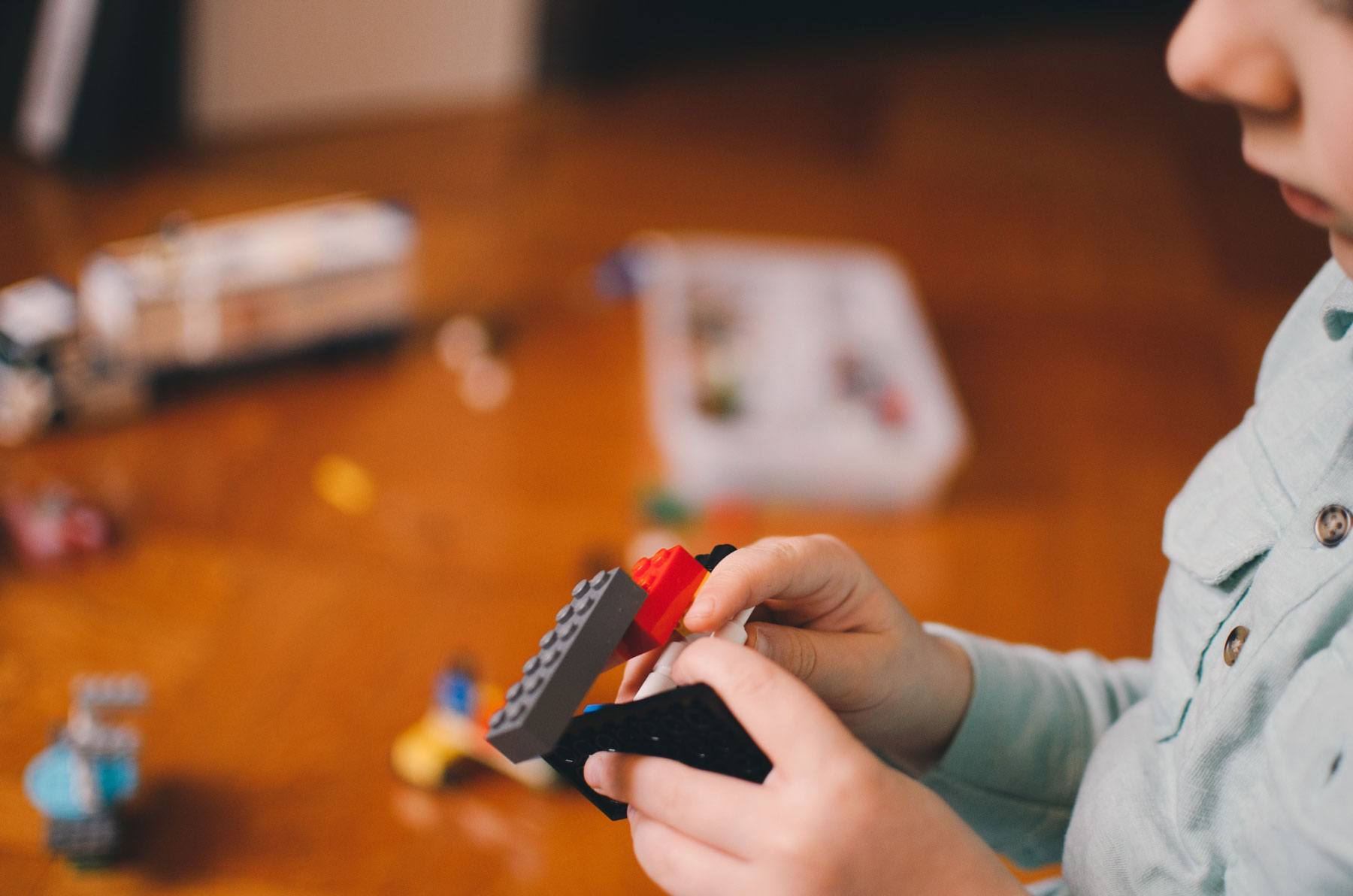What is creative therapy?
When you hear the word “therapy,” chances are you picture someone sitting on a couch and talking to a professional about their problems. Why that mental picture? Talk therapy is what we see in movies and television shows all the time. It’s also the most common form of therapy for adults. So when you think about sending your child or teenager to therapy, you wonder how long it will take for them to feel comfortable talking about the hardest parts of their life with a perfect stranger.
When I first applied to graduate school to become a therapist, my view of therapy was somewhat similar. My only experiences with therapy were what I saw portrayed in the media and what my own therapist had done. So I envisioned myself sitting in an overstuffed chair across from adults or families, talking to them about their past regrets and their hopes for the future.
What I did not anticipate was spending thousands of hours speaking only in unicorn and robot voices, throwing wet tissues at the wall, skating into my office on paper plates, or making guts out of old play dough.
But with me, that’s therapy.
What I have found in my work with people of all ages is that creativity matters. Children and teens often have difficulty navigating stressful changes. They need to figure out new ways of relating to the world that improve their mood, lower their anxiety, and increase their capacity to feel hope and joy.
Creative therapy does that.
Merriam-Webster defines “creativity” as “the ability to make new things or think of new ideas.” In creative therapy, trading in old ways of thinking and behaving for new, more helpful ideas is one of our primary goals. Sometimes, we just need a new, innovative way of looking at a problem to find the best solution.
How does creative therapy work?
With children, I use a specific type of creative therapy called play therapy. The Association for Play Therapy defines play therapy as “a way of being with the child that honors their unique developmental level and looks for ways of helping in the “language” of the child – play.” (Not sure what this would look like? Check out my child services page for more info.)
With teenagers, I use a form of creative therapy that blends expressive activities, skill building, and talk therapy. Teenagers are transitioning between childhood and adulthood, so relying on one way of relating to them in therapy is not an effective strategy. Shifting between different therapy methods acknowledges that teenagers are continually developing their identity, interests, and preferences. (You can read more about this on my teen services page.)
Creative therapy provides the opportunity for children, teenagers, and adults to fully express their thoughts and feelings in ways that words alone will not allow. As a therapist, it also requires an extra level of attunement, responsiveness, and energy. Yes, I am exhausted after an hour spent playing “feelings detective” with a trench coat and magnifying glass. But I also know that the children and teenagers I work with are healing and growing…
One cotton ball fight at a time.


